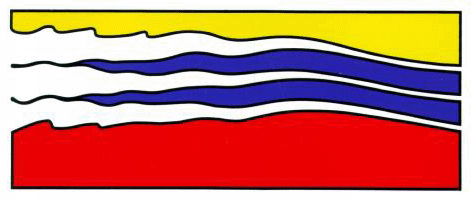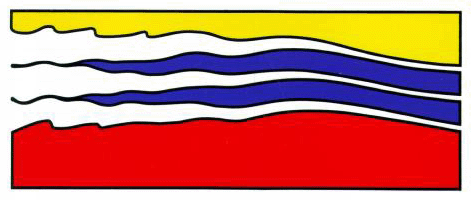
4111 Monarch Way, 3rd Floor
Old Dominion University
Norfolk, VA 23508
757-683-4940


HWRF, the next generation Hurricane Weather and Forecasting
system, was developed in the WRF (weather research and forecasting) community
modeling standards and was implemented operationally by the National
Weather Service (NWS) in 2007. This coupled (atmosphere and ocean)
system was meant to replace the GFDL hurricane modeling system, which
has been utilized since 1995. This talk will describe the development
of the system and how it fits into the current forecast guidance
utilized by the NWS and the National Hurricane Center. The physical
components of the model as well as the pre- and post-processing
procedures will be described. The skill of the model in predicting
track and intensity and other parameters will be described and compared
with other operational guidance tools.
Robert (Bob) Tuleya retired in 2002 from NOAA's Geophysical Fluid Dynamics Laboratory (GFDL) after 31 years of federal service. While at GFDL, he worked in various positions in the Hurricane Dynamics Group, initially as a Research Associate and eventually became Group Head. He is presently working as a NOAA visiting scientist at CCPO in developing and upgrading the next generation Hurricane Weather and Research Forecast system (HWRF), which was implemented in 2007. He continues to study the effect of global climate change on hurricane intensity and frequency with his colleagues at GFDL. He has served on various committees, including the American Meteorological Society (AMS) Committee on Hurricans and Tropical Meteorology and the USWRP research committee on Hurricane Landfall. He is currently on the regional model and diagnostics committees of HFIP (the Hurriane Forecast Improvement Program).

|
Innovation Research Park Building I 4111 Monarch Way, 3rd Floor Old Dominion University Norfolk, VA 23508 757-683-4940 |

|